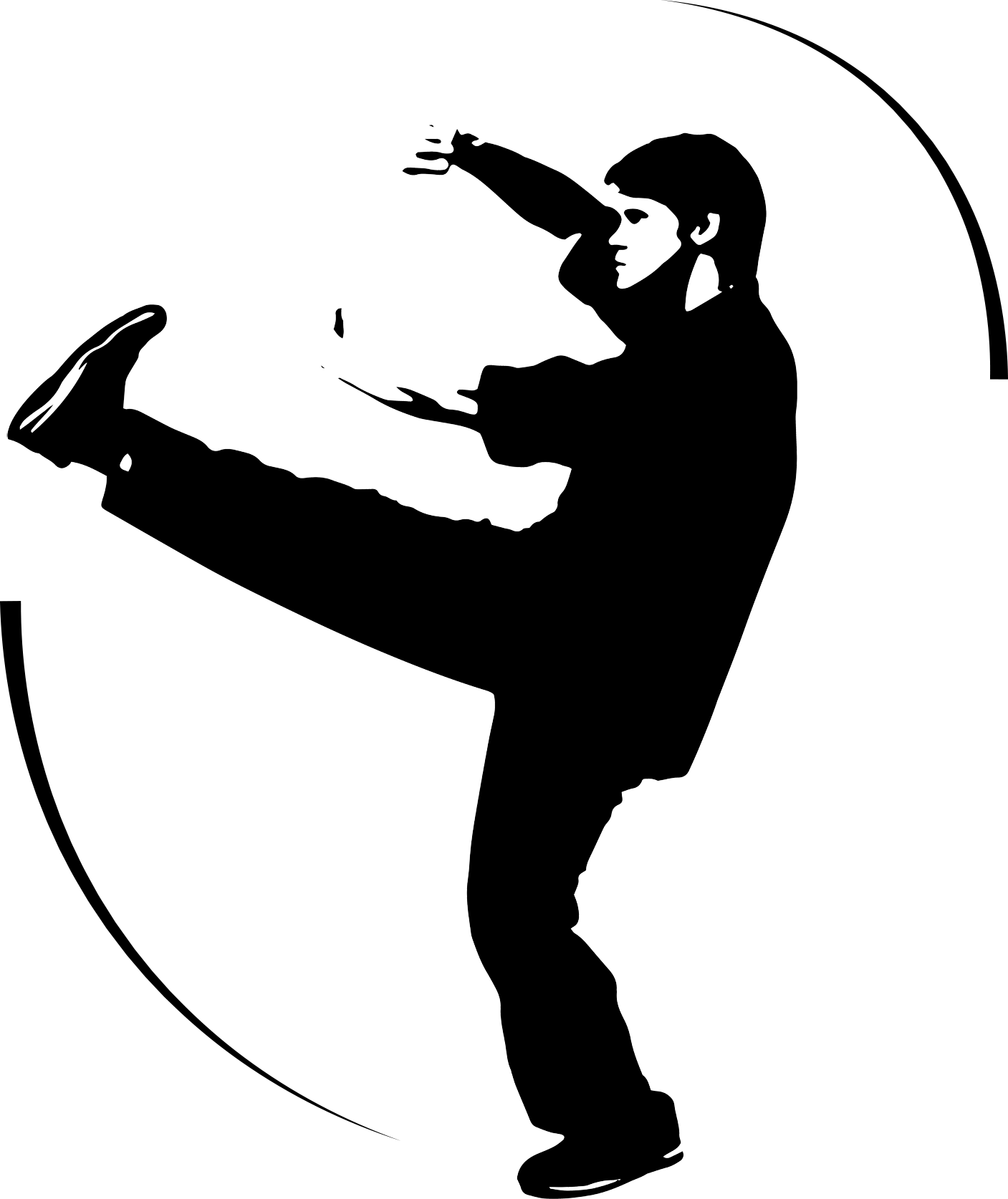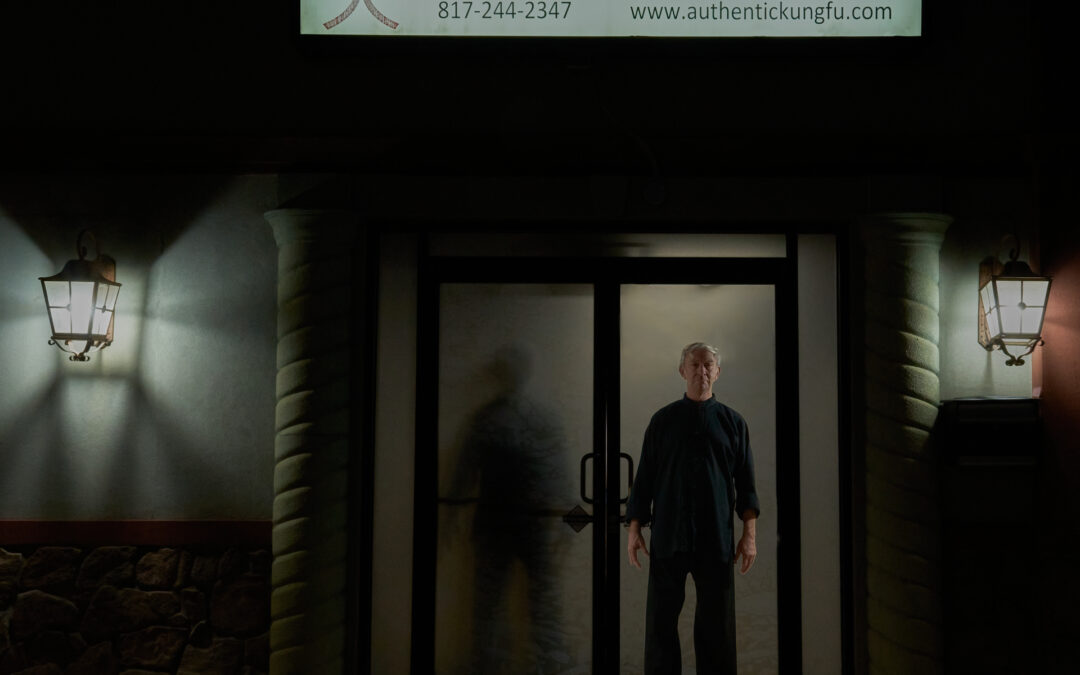Most people, after reading our website, and inquiring about hours and prices, make the decision to visit a class. All approach with questions about what to expect. Hopefully this post will at least partially answer that question.
Martial arts schools of the Japanese or Korean tradition are mostly called Dojo or Dojang, respectively. Do means “the way” and Jo or Jang means “place”. It is the place where one learns “the way”. Most initially think that this means the way of martial arts but that is incorrect. The term “the way” refers to the way of Zen Buddhism. When one goes to Japan a Dojo may not teach martial arts at all. Instead, they may teach meditation, flower arranging or artistic calligraphy, but the goal is Zen enlightenment. Hence the precise uniforms and practice formalities in Japanese or Korean classes. The consistent environment at these schools helps the mind to focus in a meditative fashion, the path of Zen.
The Kung-Fu school is called a Kwoon 館 or guǎn, Mandarin Pinyin or gun2 in Cantonese Pinyin. This term is used to describe guild halls where various trades are practiced. In this case, the trade was defensive skills which would help a person get a job as a bodyguard, caravan guard or soldier. Often, skilled Kung-Fu practitioners would hire out to villages, teaching the people to defend themselves from bandits in exchange for food, lodging or pay. So, when one visits the Kung-Fu school, they will see some dressed in formal Chinese uniforms, but others will be in regular gym workout gear. There is respect shown and care taken by participants in practice, but it is far less formal than a Karate school. People come to the Kung-Fu school for various reasons, the teachers at the Kwoon do not assume what those reasons are by having a singular mode of interaction. One will see some very serious in the way they relate, others are less serious and may chuckle at times. What does happen is that the instructor makes sure that the technique being practiced is correct in all aspects.
The Kwoon is, therefore, a guild hall. There are Master Kung-Fu practitioners, Journeyman and Apprentice practitioners together there involved in the art. Just as in a guild hall, junior students are paired with seniors who guide them in learning the art, (once a trade), in a technically correct fashion. In fact, senior students volunteer to come in one or two hours early on their class nights to work with new students. Why do they do this? They do it because years ago other seniors freely gave their time, (the one resource you cannot get back), so that they could learn the art. It is what it means to be a member of the guild or Kwoon, everybody helps each other learn and progress and are motivated to do so by a tradition that goes back centuries. It is a true community where each is dedicated to the other’s success. So, the question is not can one learn the art, it is only does one wish to do so. Everyone you meet there wants to assist as they can.
When you come into the Kung-Fu school, you will see people greeting each other by placing the right fist against the left palm. This motion is called Zokyap, 作揖, zuòyī, Mandarin Pinyin, jok3yap1, Cantonese Pinyin and is a form of salute. Normally, Kung-Fu students do not bow to each other as in Karate schools, they salute standing with either a relaxed or straightened posture according to the formality of the occasion. In the Kung-Fu school one will see them often smiling as they do. It is like a handshake in the West. In our school, you will often see folks salute and then hug.
The history of the salute is found in the violent times of the fall of the Ming dynasty and the ascendency of the Qing (from 1618-1683). The Qing were Manchus, and the Ming were Han Chinese. After the fall, the Han wanted to reestablish the Ming as they were being ruled by cruel foreigners. The Chinese character for Ming was 明. When one looks at the character, the symbol on your left would correspond to the position of the fist. The symbol on the right corresponds to the open hand. What is now a greeting or salute was once the symbol of a rebellion.
Soon, one will hear someone clap their hands twice. On this signal, the students line up according to how long they have been with the school with the most senior in front. They all then salute in unison and class exercises begin. Now, hopefully the culture of the school can begin to be understood.
In the school, students experience many things, a fascinating culture, the physical art, self-defense, meditative practices, Qigong for health, acupressure for healing, and the philosophies of China. The Kwoon has much to offer and we will discuss these more in the coming weeks.


Recent Comments